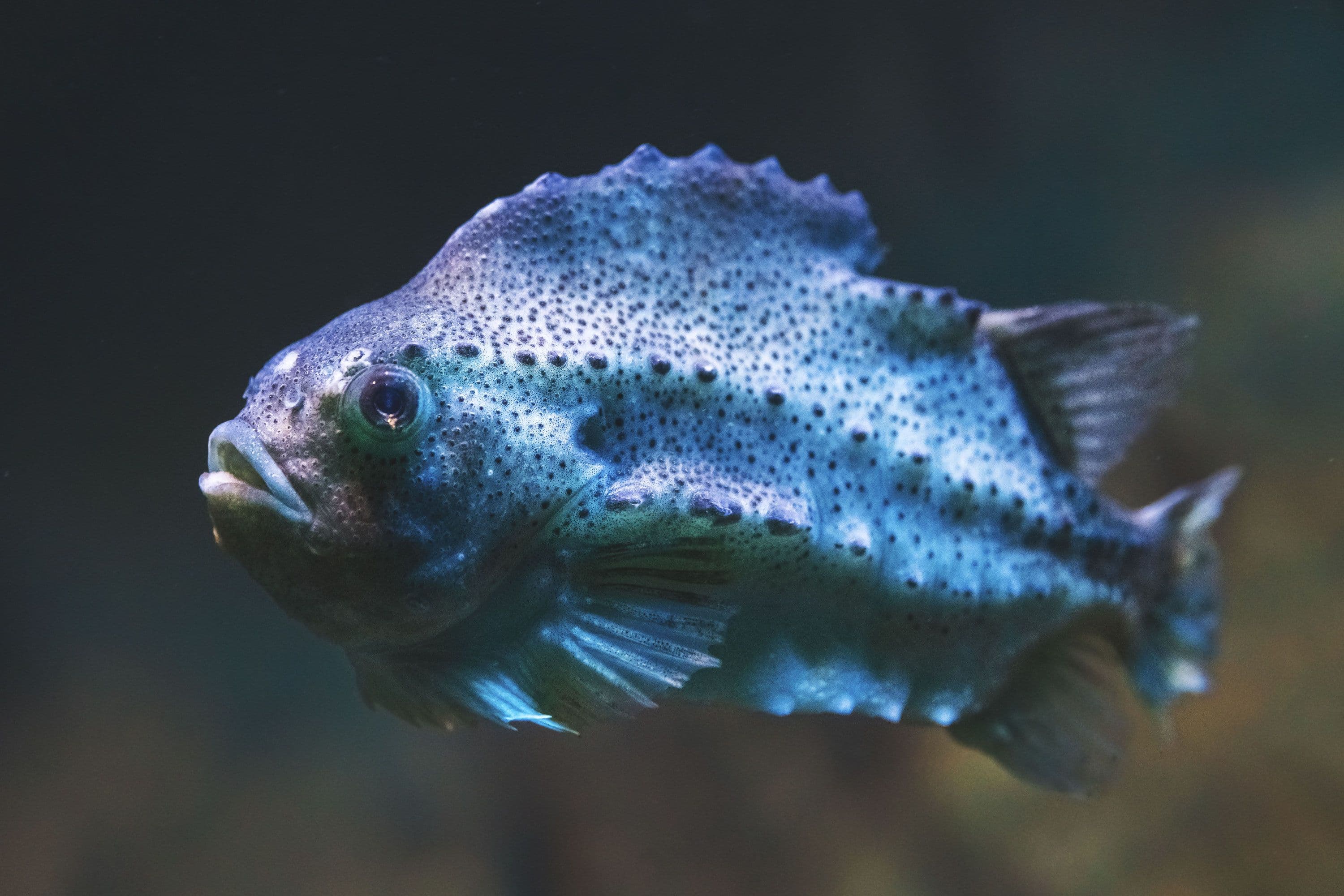
Under certain conditions, phytoplankton (tiny microscopic plants) may grow out of control and form harmful algal blooms. These blooms can produce extremely toxic compounds that have a detrimental effect on fish, shellfish, mammals and birds. A bloom does not have to produce toxins in order to be harmful to the environment. It can also cause anoxic conditions, where oxygen is depleted from the water. Dense blooms can block light to organisms lower in the water column, or even clog or damage fish gills.
The mitigation of harmful algal blooms is one of the biggest challenges to fish health and welfare in British Columbia. We have developed a substantial algae mitigation program in BC, comprising of the following main aspects:
- Constant monitoring of potential algal blooms, for instance by using NASA satellite images or collaboration with local floatplane pilots.
- Technology to detect harmful algae in real-time, with microscopes at the sites and an online library of harmful algae species, helping staff to assess whether algae in the sea are harmful or not.
- Mitigation protocol and system in place, should harmful algae occur. Feeding is reduced or stopped, and an upwelling system transfers clean, algae-free water from the depths to the top of the pen, creating a protective “bubble” in the pen.
- Data from oxygen sensors are linked to the oxygenation system at sites with low oxygen levels in the water column.
- Prediction of harmful algal blooms by utilizing big data
We are transferring knowledge and competence about managing harmful algae blooms to our other farming regions based on risk of outbreaks.


